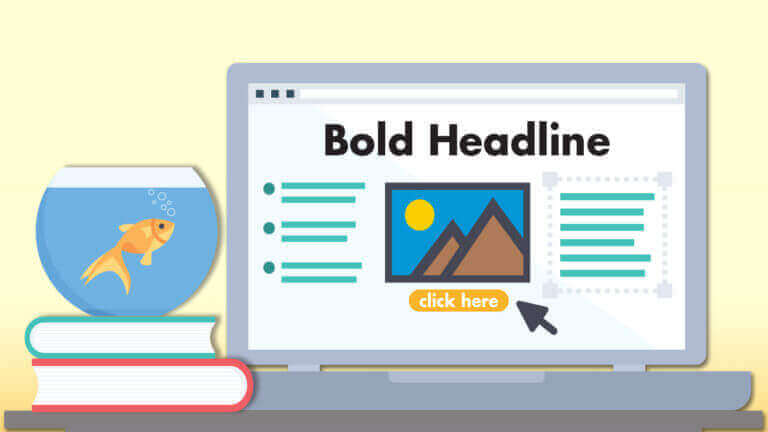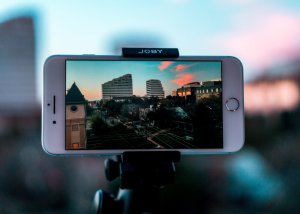Website Best Practices: Part Two
April 17, 2018
Content
As the digital age has grown, our attention spans have shortened. In an attention battle, a human will lose to a goldfish. In a best case scenario, a user will only read 28% of the text on a website.(Nielsen Norman Group) Here are some tips on content creation, so you can maximize the value of what users did read:
- Bold headlines. The Nielsen Norman Group did a study that shows how users read a website by tracking eye movements. We naturally scan a page in an “F” shape, mostly reading headlines and quickly scrolling through the contents only if the headline interests us.
- Bulleted lists. Bullets help to break up long paragraphs, which is easier for the eye to scan.
- Engaging content. Everyone likes a good story. Don’t just describe your destination, attractions, or lodgings—paint a picture. 60% of consumers feel more positive about a brand after consuming content. (iMedia Connection)
- Including links in the copy is a great idea. Links can encourage further reading, reassure trust and validity, and help boost SEO. Here are a few rules when using URLs:
- Cite the source at the end of the sentence or the bottom of the page.
- Do not paste the URL itself onto the page. Hyperlink the source in the text.
- If you include links to another site, make sure the link opens a new tab, so they can return to your site afterwards.
- Content with errors or incorrect facts can reduce your credibility.
- Easy to read. You can use this Readability Test Tool to assess the current content of your site. We took the test, and our site received an average reading level of 7th grade, meaning that it should be easily understood by 12 to 13 year olds.
Content is everywhere, but truly great content stands out from the crowd. We hope these tips help you create better content for your website.




